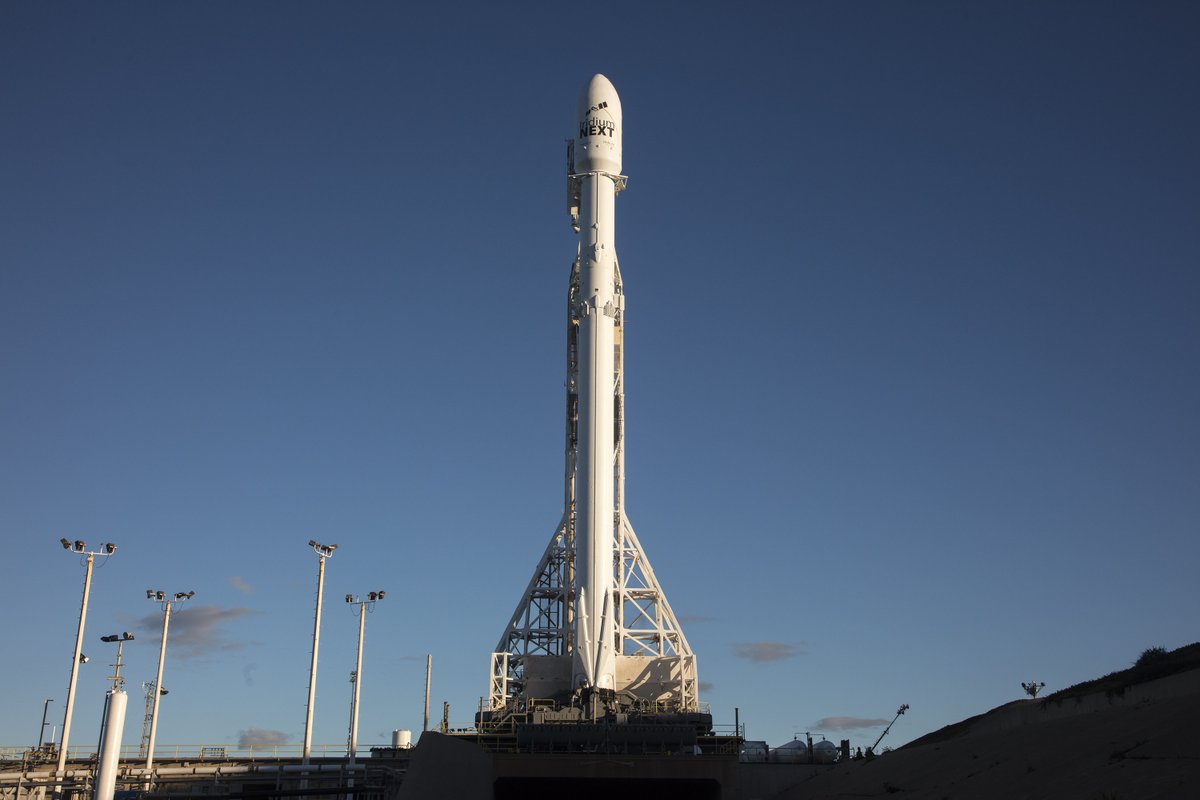A SpaceX Falcon 9 rocket blasted off from California on January 15 and placed a constellation of satellites in orbit, marking the company’s first launch since a fireball engulfed a similar rocket on a Florida launch pad more than four months ago.
The two-stage rocket lifted off from Vandenberg Air Force Base at 9:54 am EST carrying a payload for Iridium Communications Inc., which is replacing its entire global network with 70 next-generation satellites, according to the Associated Press on January 15.
The satellites were deployed about an hour after launch.
About nine minutes after the rocket blasted off, to cheers from the control room, its jettisoned first stage landed upright on a so-called droneship in the Pacific Ocean south of Vandenberg — part of Spacex’s effort to make boosters reusable.
The company has succeeded six times previously with landings on a barge or ashore.
A camera aboard the first stage gave viewers a you-are-there experience as it returned to Earth, flared landing rockets and made a perfect upright touchdown on the floating pad.
70 Launches Lined Up
The return to flight is an important step for SpaceX, billionaire Elon Musk’s California-based company that has about 70 launches in line, worth more than $10 billion.
In addition to commercial launches, SpaceX ferries supplies to the International Space Station and is developing a capsule capable of carrying astronauts to the station.
SpaceX officials say they identified all possible causes of the Sept. 1 accident during prelaunch testing at Cape Canaveral Air Force Station, Florida, and took corrective action.
The accident destroyed the rocket and its payload — a satellite that Facebook wanted to use to spread internet access in Africa — and grounded the Falcon 9 program as an investigation took place.
SpaceX announced this month that investigators concluded the accident involved a failure of one of three helium tanks inside the rocket’s second-stage liquid oxygen tank.


